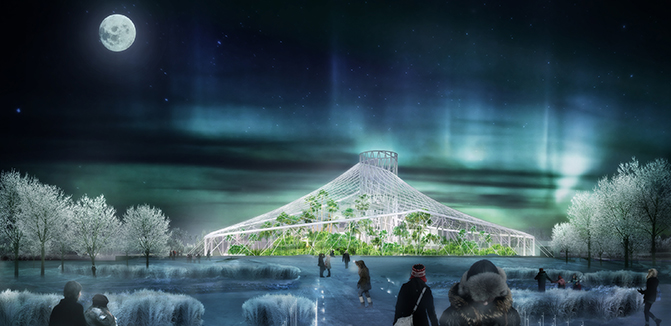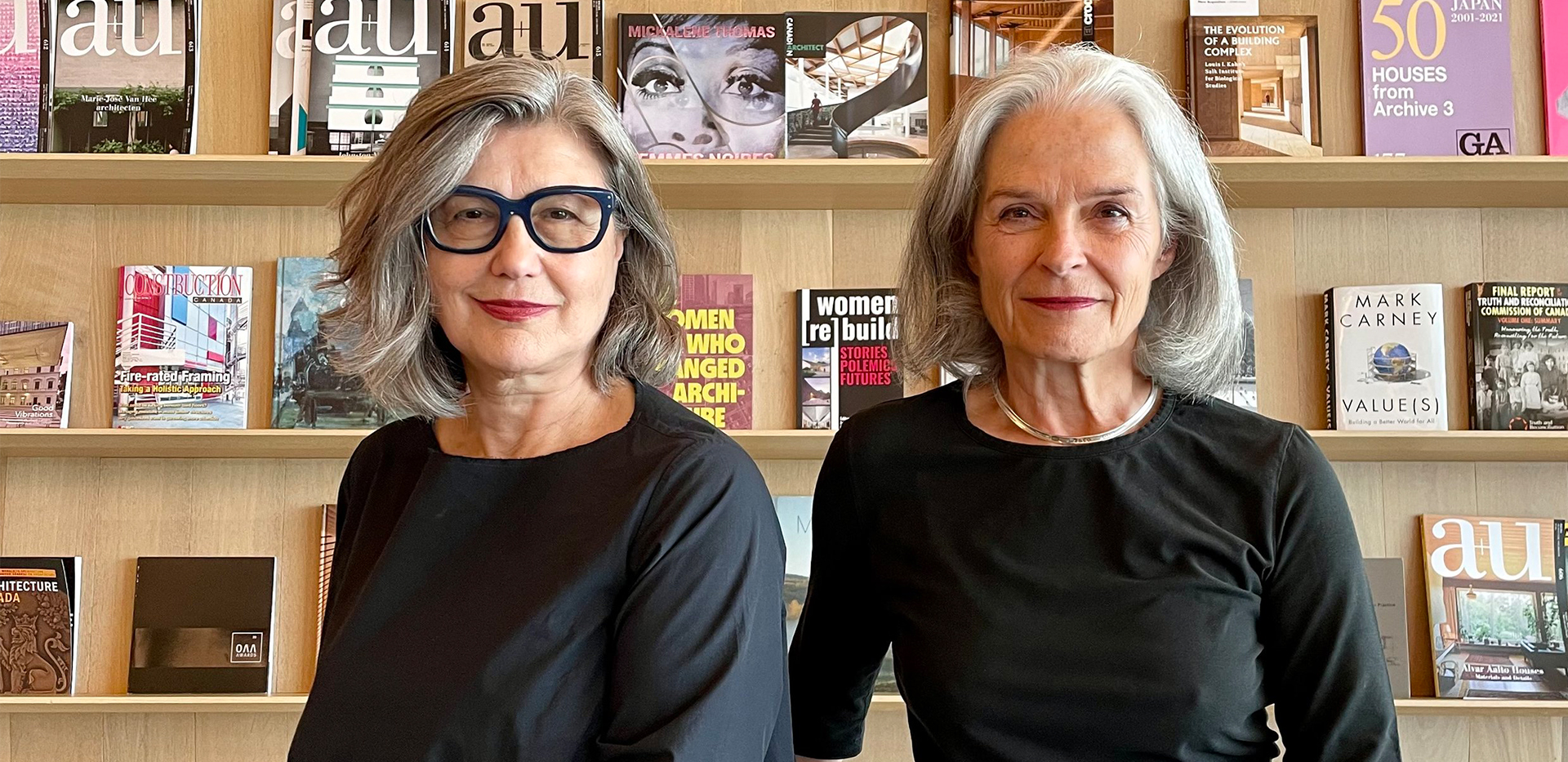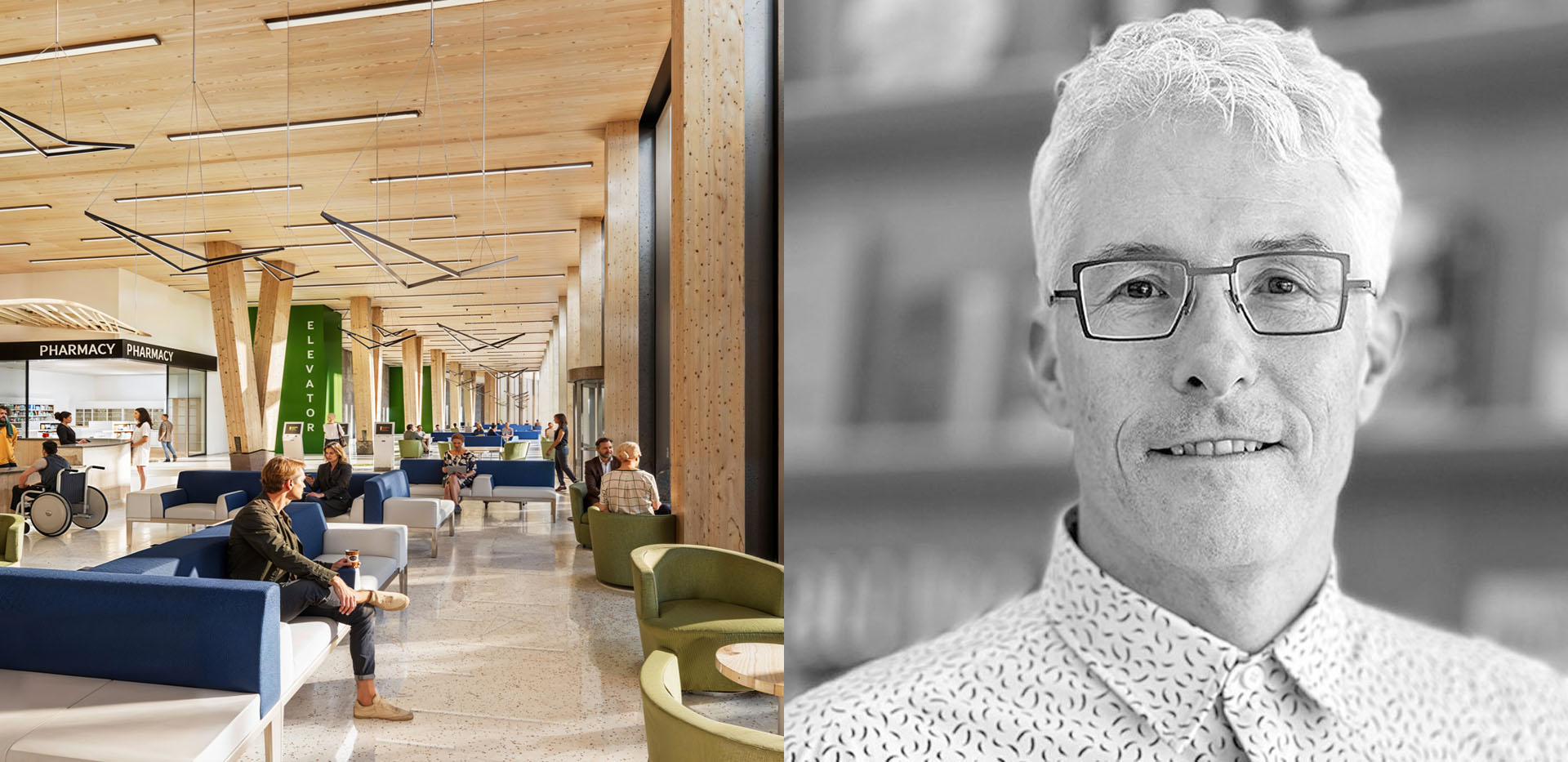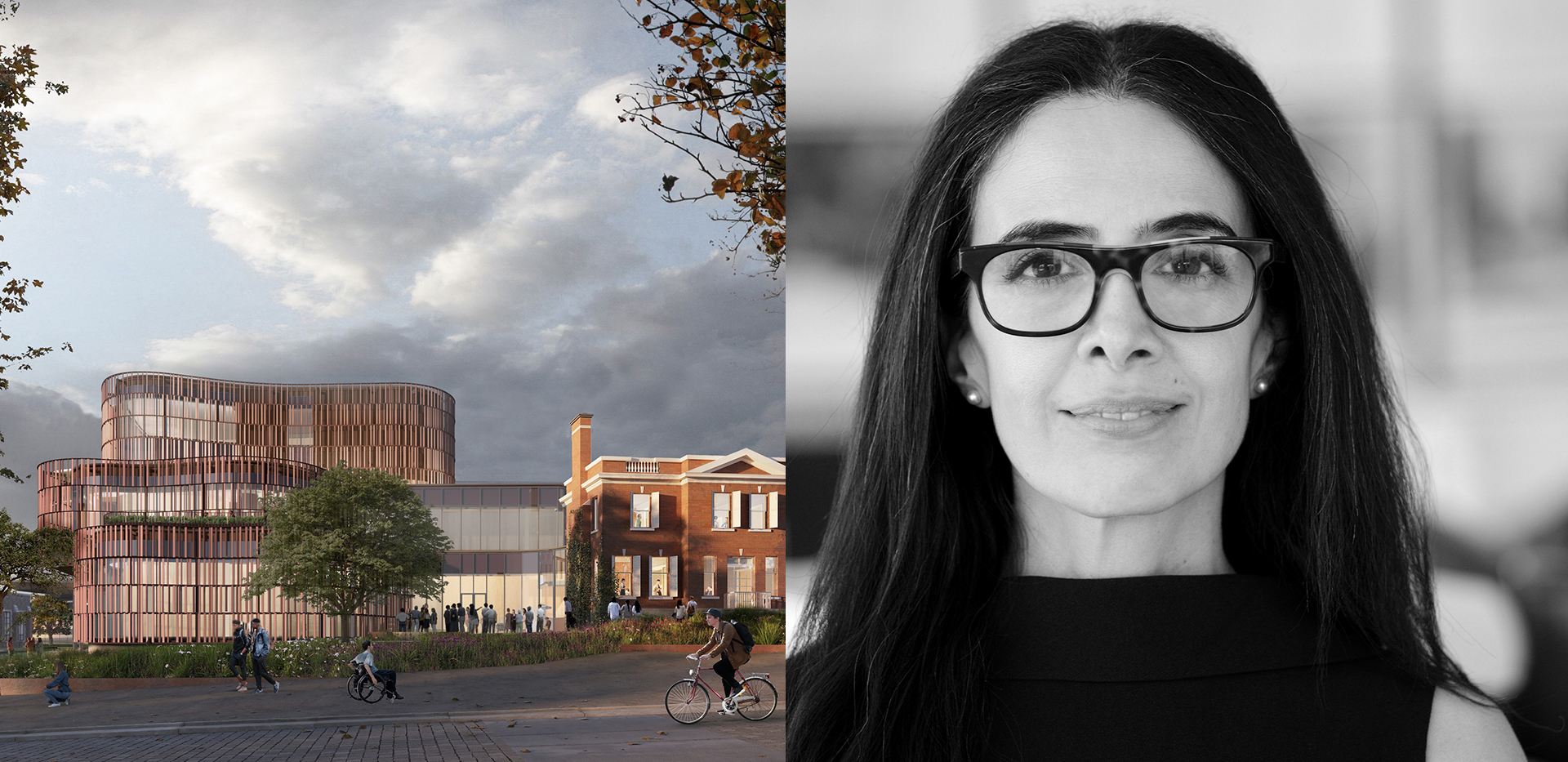Winnipeg’s biodome garden looks to make a tropical splash in a city defined by winter – The Globe and Mail

Article content
Click here to view The Globe and Mail
In Assiniboine Park, the lush Canada’s Diversity Gardens could help bring the world to a city on the grow, Roy MacGregor writes
They’ve heard it all.
“Winter-peg.”
“City of mosquitoes and potholes.”
The old knocks got a few new ones this winter when, for inexplicable reasons, a National Hockey League team in California, the San Jose Sharks, suddenly posted a video on its team website in which some of its players gleefully slammed Winnipeg. “I don’t like it there,” said one. The players thought it the worst city in the 31-team NHL to visit. Cold and dark and, as one of them put it, “I don’t know if they have WiFi there yet.”
There was a chance the Sharks might have met the Winnipeg Jets in the Western Conference final, as both teams stormed through their opening round in the Stanley Cup playoffs. That possibility, however, ended when the Sharks fell to the upstart Las Vegas Golden Knights, who went on to knock out the Jets.
Had the two teams managed to meet, the visiting players might have wanted to check out more than the hotel WiFi. They would have landed, for example, at the state-of-the-art James Armstrong Richardson International Airport. They could have taken a short walk from their downtown hotel to The Forks and viewed the Canadian Museum of Human Rights, a three-year-old building so instantly iconic that this fall it will be recognized on the new $10 bill. They could have checked out the relatively new Investors Group Field, where the CFL’s Blue Bombers will soon begin to play again. There is the Winnipeg Art Gallery, which is building what will one day house the largest Inuit art collection in the country. Or they could check out the Assiniboine Park Zoo’s award-winning Journey to Churchill exhibit, now with 10 rescued polar bear cubs.
The city’s historic Assiniboine Park is also the site of what may one day stand as the prairie city’s greatest attraction: Canada’s Diversity Gardens, a 35-acre biodome that Winnipeggers hope will one day earn the city world renown. The new conservatory is already under construction and is set to open in the summer of 2020. The $75-million project is part of what some see as a “continuing renaissance” for the city, a renewed confidence in the idea of Winnipeg as one of the most populous, robust cities in Canada.
Some might consider the project and wonder about bringing tropical plants to a place that hits -40 degrees in both temperature measures. Why Winnipeg?
Gerald Dieleman, the project director of Canada’s Diversity Gardens, has an answer for that.
“Why not Winnipeg?”
They called it “Winnipeg Destiny” back in 1912 when The Dominion magazine predicted great things for what was then Canada’s most cosmopolitan and youngest city, with most of its residents under the age of 40. The arches at the entrance of the city back then proclaimed “Progress” on one side, “Prosperity” on the other. With the population having tripled over the previous decade to 170,000, it was said that soon a million people would live where the Assiniboine and Red Rivers converge.
Winnipeg today remains some 300,000 people short of that million mark. There is prosperity but also poverty. There has been progress but there is also homelessness, crime and racism.
No city is perfect and Winnipeg would never dare make such a claim. It has its rough edges, some very rough, but it is equally true that those born there and those living there hold their city precious. Many feel that, just maybe, the promised “destiny” is merely arriving a century behind schedule.
Margaret Redmond, the head of the Diversity Gardens project, agrees. She mentions the airport, art gallery and museum, then details what the re-imagined Assiniboine Park will entail: an Indigenous Peoples’ Garden, a Cultural Mosaic Gardens, The Grove and, perhaps most impressive of all, a massive biodome known as “The Leaf,” all glass and plastic and home to everything from tropical plants to a waterfall to a third-storey “butterfly room.”
Many say that this renewed civic confidence – last seen at the dawn of the Great War – came back with the Jets in 2011. The original Jets had left 15 years earlier for Arizona, where they became the Coyotes; in 2011, however, the NHL’s Thrashers left Atlanta and landed in Winnipeg as the reborn Jets.
“There is a cultural need for Winnipeg to celebrate its hockey team,” Shannon Sampert, an associate professor of political science at the University of Winnipeg, wrote recently in the Winnipeg Free Press. “For Winnipeg, the need to prove we’re economically competitive enough to sustain a hockey franchise has been like a scar on our collective identity.”
“I think it started long before that,” Ms. Redmond contends. She would date the beginning of the current “renaissance” back to 2008, when then-mayor Sam Katz asked local businessman and philanthropist Hartley Richardson to think about how the city might rejuvenate its massive Assiniboine Park. The original 300-acre park had been established by city council in 1904 when it was inexpensive farmland in the distance. Now expanded to 400 acres, the park is surrounded by neighbourhoods, several of them of the high-end variety, and the land is considered invaluable.
During his decade as Winnipeg’s mayor, Mr. Katz was a great admirer of what New York City had done with its Central Park Conservancy, which has raised many millions of dollars for the restoration and refurbishment of areas in the park that had been in serious decline. Graffiti was removed, ponds and reservoirs cleaned, infrastructure improved and new attractions created.
Mr. Richardson helped set up the not-for-profit Assiniboine Park Conservancy, which he chairs. Ms. Redmond came on as president and chief executive officer. She is an admirer of those city councillors who had the foresight to establish the park back in 1904, even though many citizens considered it a waste of taxpayers’ money.
“How do you be as visionary as those people were?” she asks. “Our challenge is, how do we keep the park relevant for the next 100 years?”
The Assiniboine Park Conservancy exists at arm’s length from the city to give it more latitude in fundraising. The staff were given a mandate to “rethink” the park and its financing, as they would need to raise funds far beyond any city commitment. Years of deficit budgeting at city hall had seen the park and zoo deteriorate steadily.
The centre of the original park had always been the old conservatory, built in 1908 and, to no surprise, modelled on the Victorian style of several such buildings in the United Kingdom. Although updated in 1968, the building was beyond repair and tagged for demolition, but not before Winnipeggers were recently given the opportunity to come to the park and pay their last respects to the site of countless birthday celebrations and wedding photographs.
“They came by the thousands to say goodbye,” says Ms. Redmond.
There was never any thought given to replacing the conservatory. The mandate, as Ms. Redmond and staff interpreted it, was to “look into the future.” Within a year, they had a master plan together and predicted the cost of what they hoped to do with the park would be in the neighbourhood of $200-million. So far, some $70-million has been raised, with the three levels of government and the private sector putting up roughly a quarter each of the funds. The zoo’s Journey to Churchill exhibit was the first completed large project in the plan.
To gain a sense of how a possible biodome might fit into their plans, Assiniboine Park Conservancy staff visited several such projects in England, including Kew Gardens in London, which is now a UNESCO World Heritage site. They were most taken, however, with the Eden Project, a popular visitor attraction in Cornwall, England, that boasts two biomes housing plants collected from diverse climates and environments.
“That’s the one that left the greatest impression,” says Mr. Dieleman.
“The Brits call it the ‘Cathedral of Nature,’” adds Ms. Redmond. “That’s what we want here.”
The aim, according to Ms. Redmond, was “to build something of national importance.” They wanted to show biodiversity but also cultural diversity – e.g. The Indigenous Peoples’ Garden – and “to leave people with a meaningful environmental message.”
The conservancy invited submissions from 16 architectural firms, many with international reputations, and they chose KPMB Architects of Toronto, which is working in conjunction with Architecture 49, a Manitoba-based design firm.
The main attraction, The Leaf, is to be constructed using ETFE (ethylene-tetrafluoroethylene), a plastic-like material that is translucent and extremely lightweight yet strong. It is also resistant to wild fluctuations of temperature. Staff travelled to Astana, capital of Kazakhstan, to examine a mall constructed with ETFE and came away convinced it was perfect for their purposes.
“How do you build a tropical garden in Winnipeg, where it goes down to -35 Celsius?” asks Mitchell Hall, principal architect at KPMB.
Using this revolutionary building material, says Mr. Hall, “was a real breakthrough for us.” The challenge was how to heat the substantial volume of air in the largest biodome in the dead of winter and also cool it in summer. Using a combination of sunlight, geothermal heating and earth tubes (underground pipes through which warm or cold air is drawn), KPMB is convinced it can be done in a sustainable way.
For the Indigenous Peoples’ Garden, the conservancy brought in the local father-daughter design team of Dave and Cheyenne Thomas, who trace their Anishinaabe-Ojibwa heritage to the Peguis First Nation two hours north of Winnipeg. A major concern for the conservancy was how they might attract Indigenous visitors to the park in the future – an important consideration given that First Nations visitors to the park have been virtually non-existent in the past.
“We talked about things non-Indigenous designers never think of, things that were never discussed at architectural school,” says Mr. Thomas of his company’s first meetings with the conservancy. “We believe it’s not just concrete and design, but song and dance and stories – all these are also part of the architecture.”
Adds Ms. Thomas: “Working on this project means I have the honour to be a bridge as a designer in the representation of my peoples’ stories, values and intuitions. We have always been innately ‘artists’ and ‘designers.’”
Ms. Thomas grew up hearing stories of her grandmother being trapped in a different sort of architecture – a residential school – and she sees the Indigenous Peoples’ Garden as a significant opportunity on the road to reconciliation.
“For the city of Winnipeg,” she says, “this is a step toward finally allowing Indigenous designers and people to define the way we are represented [beyond] a non-Indigenous perspective.
“Once that respect is there, the future of non-Indigenous and Indigenous people becomes very exciting for the city.”
The final cost for the Canada Diversity Gardens is estimated to be $75-million, with $35-million coming from the federal government, $15-million from the province of Manitoba, $10-million from the city of Winnipeg and the remainder raised through private donations – a donor gala will be held on June 20.
Organizers hope to continue to raise money through such events, but admissions, special events, a restaurant and parking will also contribute to the bottom line.
“We’re hoping it will be a huge attraction,” says Ms. Redmond, “drawing not only from around the province and the country, but from around the world.”
Critical, they admit, will be making the Diversity Gardens a four-season attraction, particularly in that one season that has so often defined the city.
“Winter,” says a supremely confident Ms. Redmond, “has become quite trendy in Winnipeg.
“We don’t fight it any more.”
)
)
)